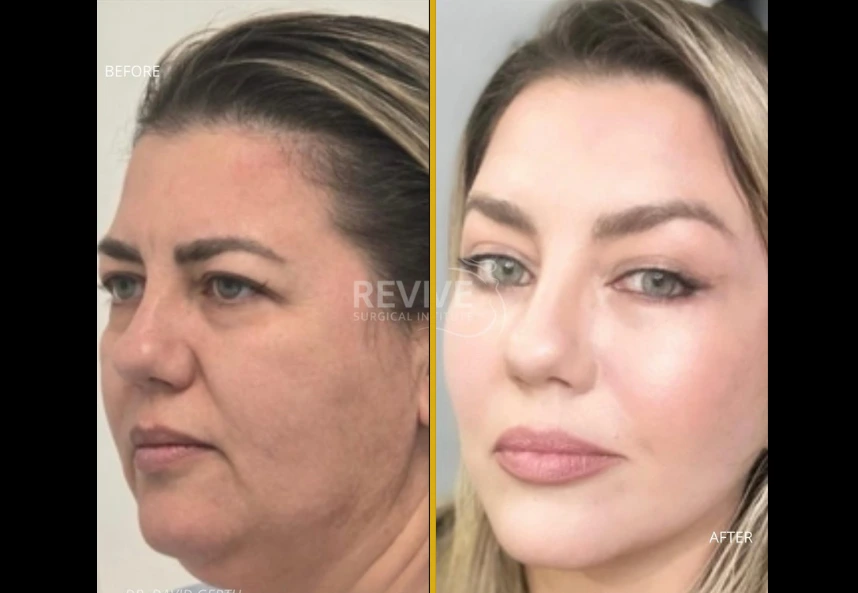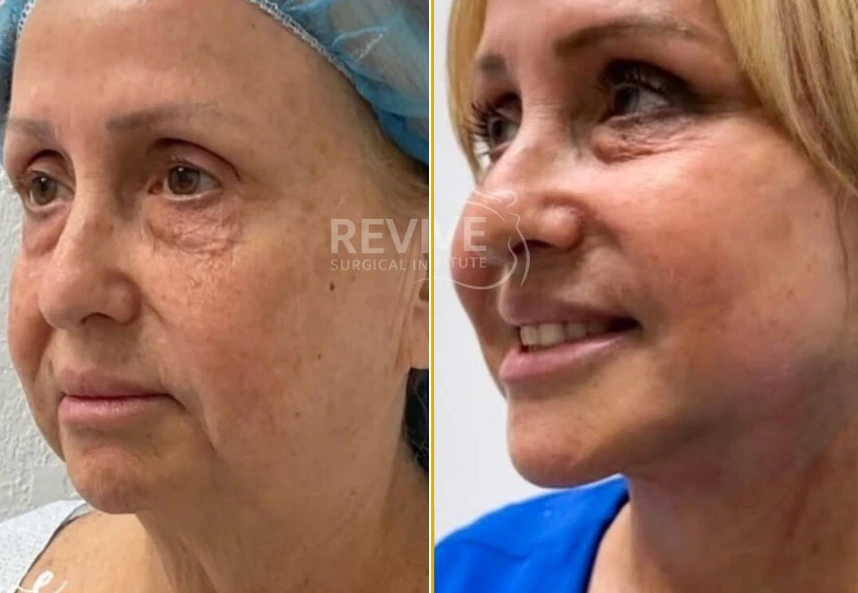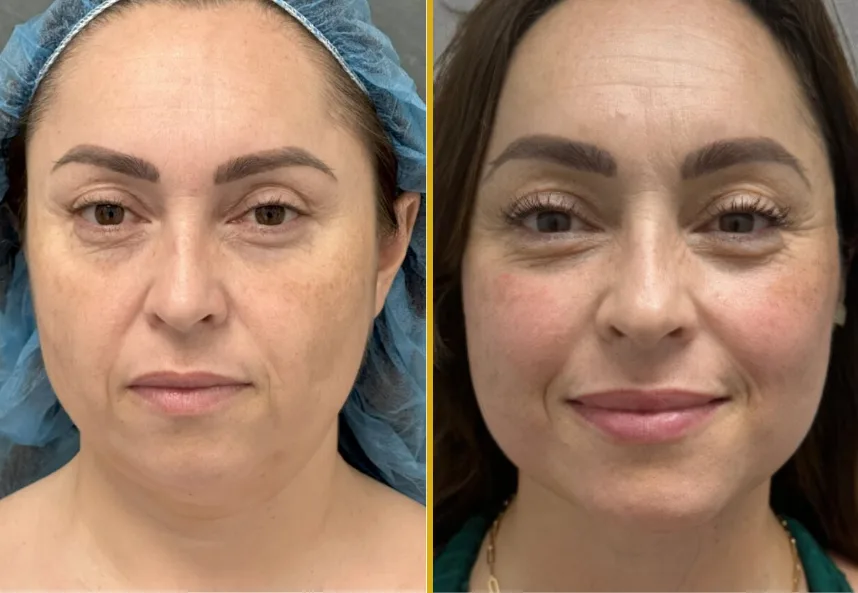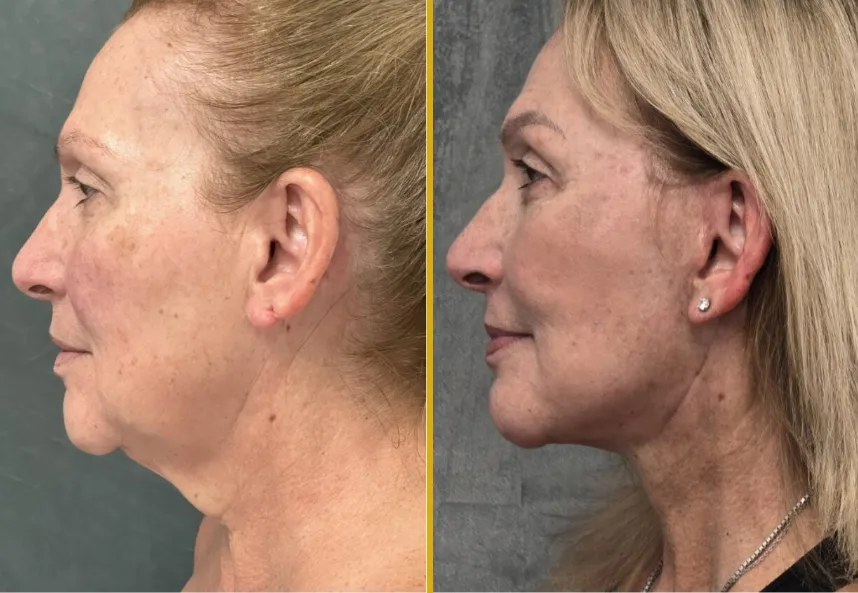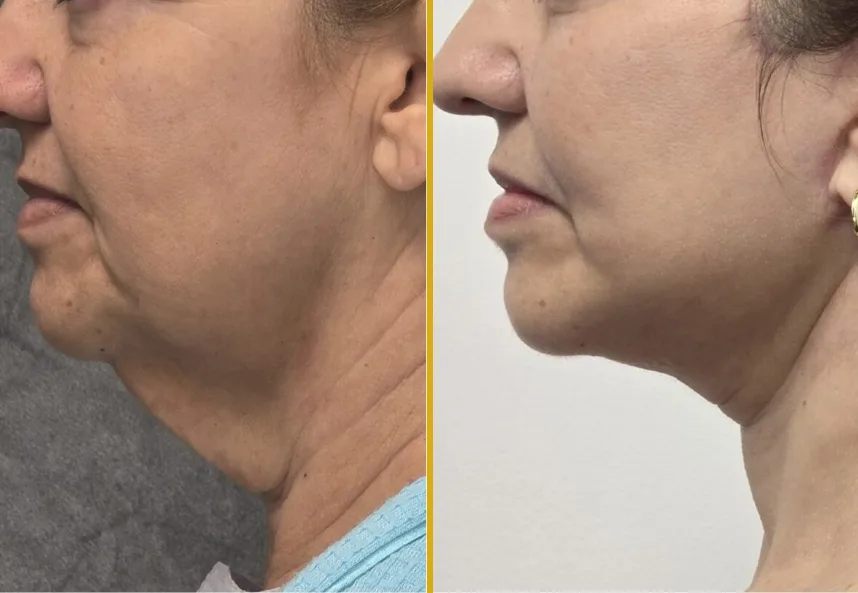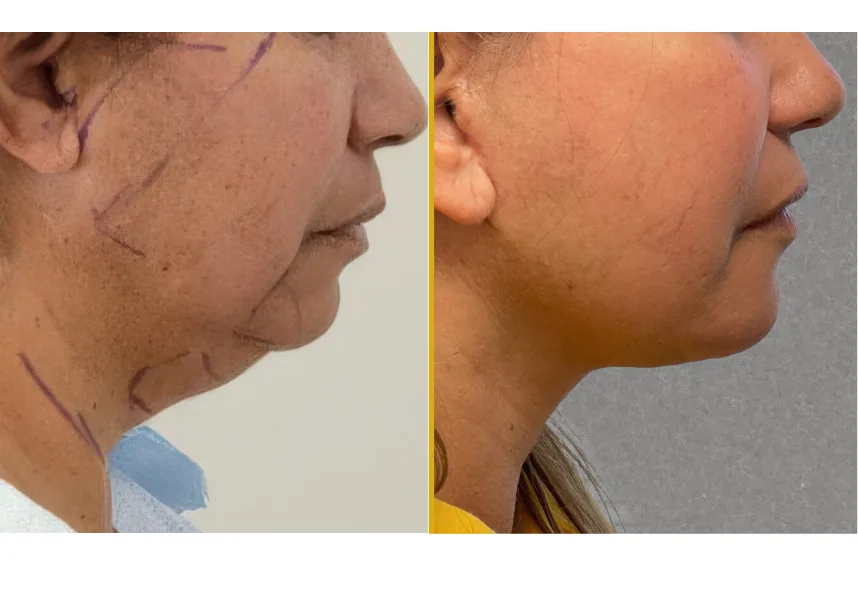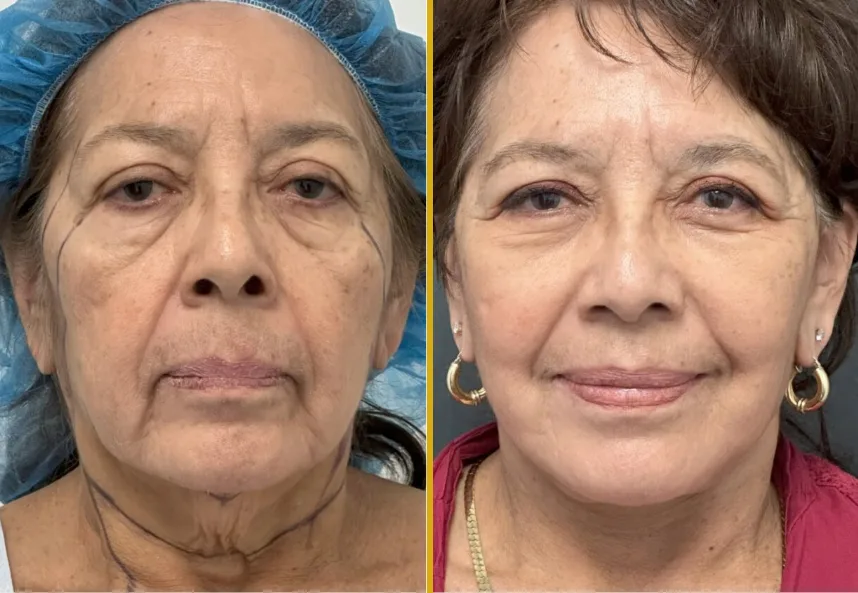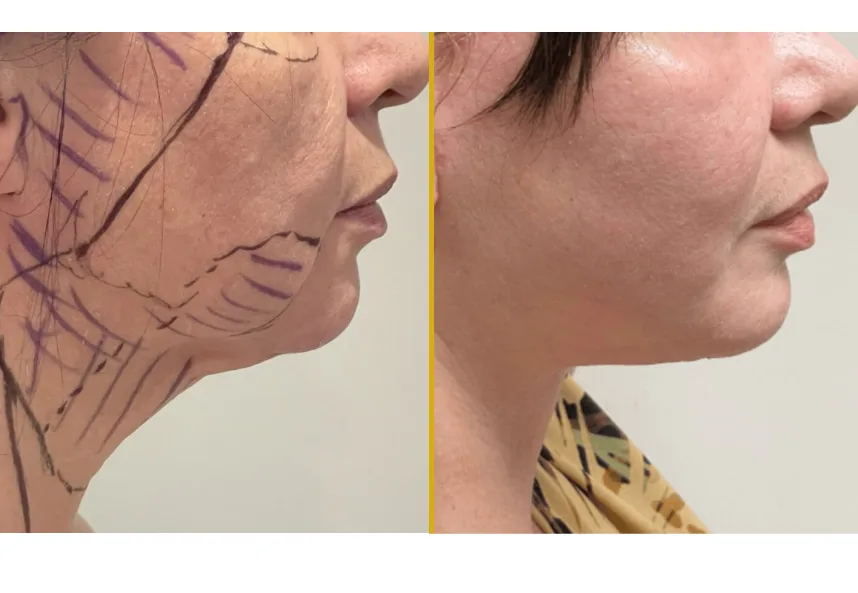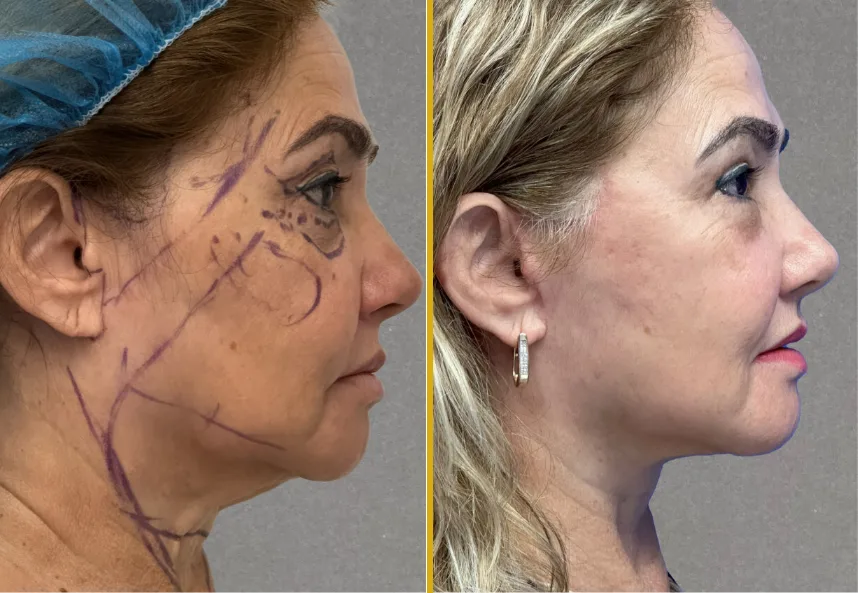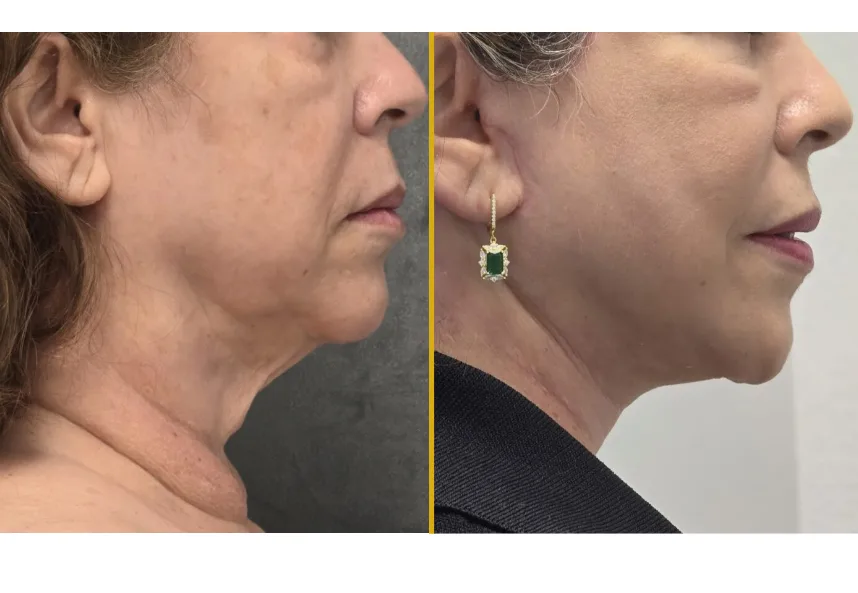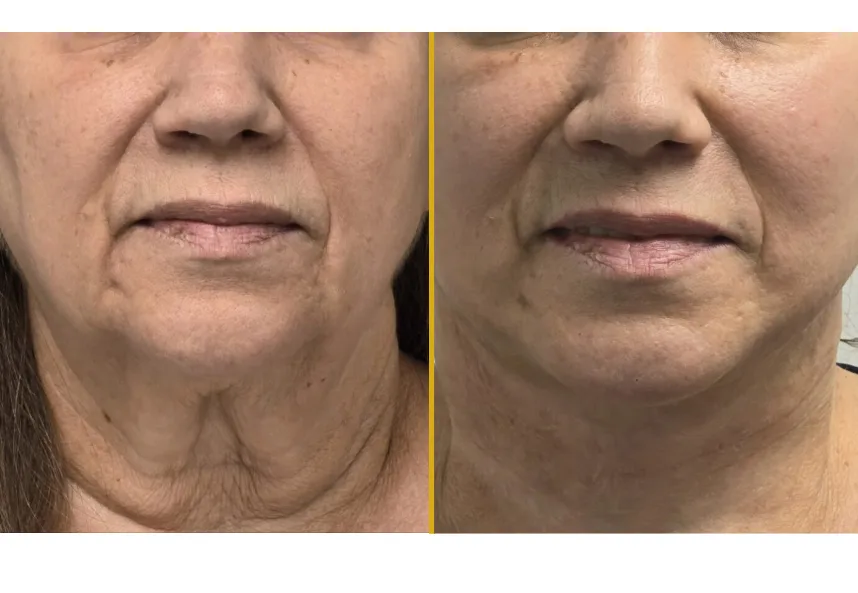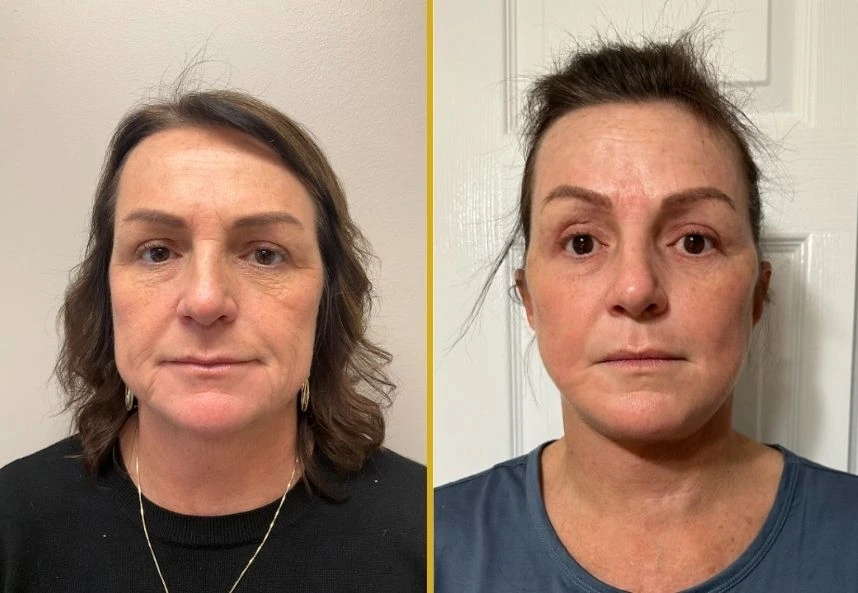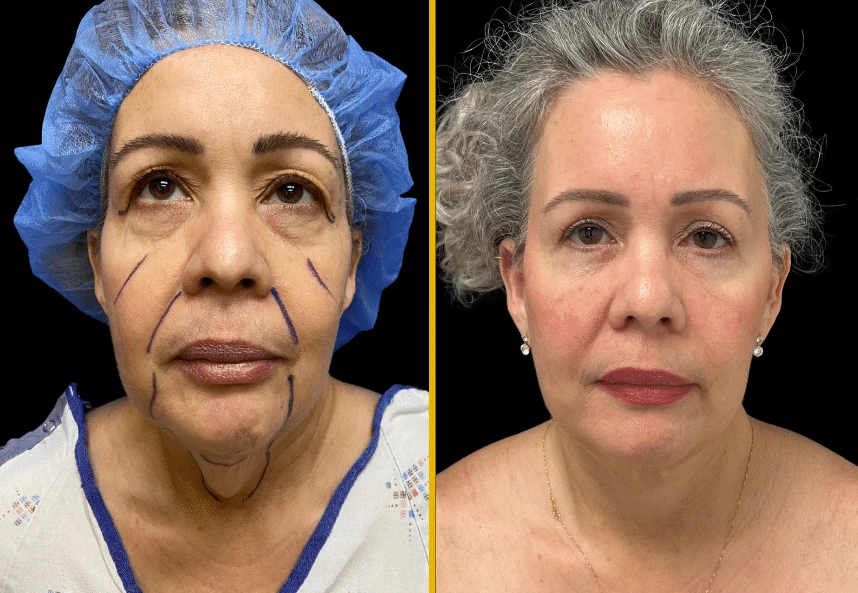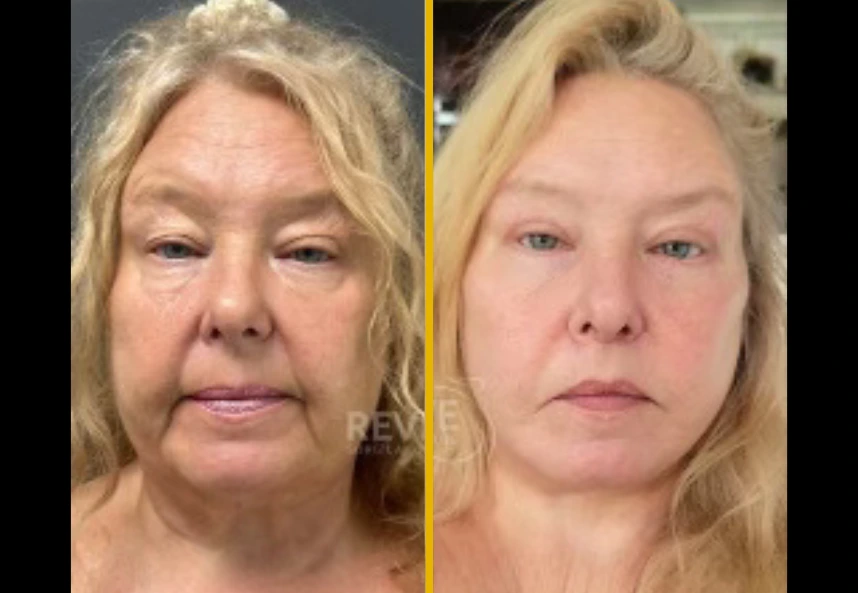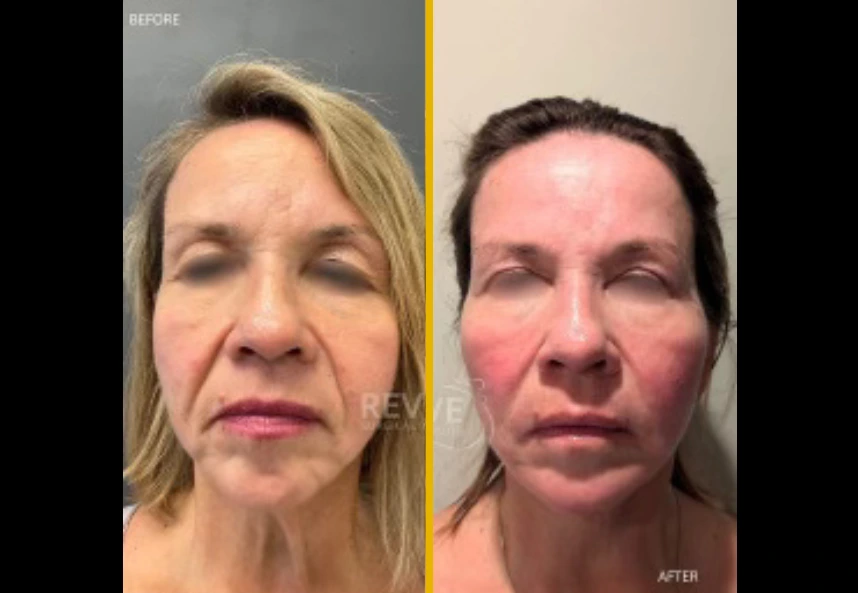How Long Should You Wait to Color Hair After a Facelift?
Facelift surgery brings renewed confidence by restoring youthful contours and reducing visible signs of aging. Along with excitement about results, many patients wonder about everyday activities during recovery—including when it is safe to color their hair. Since facelift incisions are often placed along the hairline and around the ears, timing hair treatments properly is essential to protect healing and ensure the best outcome.
Coloring your hair too soon after surgery can irritate incisions or slow recovery, but waiting the right amount of time allows you to safely return to your normal beauty routine.
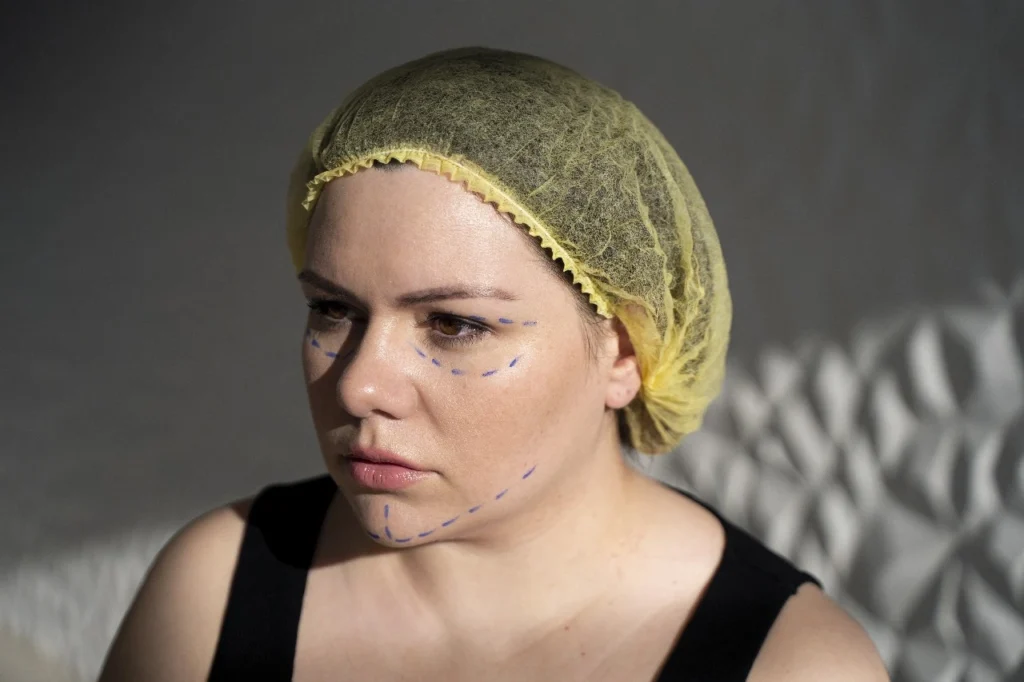
Why Hair Coloring Needs to Be Delayed
Hair dye and chemical treatments contain ingredients that may irritate or inflame healing skin. During the first several weeks after surgery, incisions are still sensitive and vulnerable. Exposing them to harsh chemicals can increase the risk of infection, cause discomfort, or affect the way scars heal.
Waiting also ensures that your scalp is comfortable enough to sit through a salon visit. Leaning back in a chair, having water or chemicals applied near incisions, and scalp tension during hair washing can all be problematic in the early stages of recovery.
Recommended Timeline for Hair Coloring
Two to Three Weeks After Surgery
During this period, incisions are still in the early stages of healing. Hair coloring should be avoided completely, as the skin remains delicate and prone to irritation.
Four to Six Weeks After Surgery
By this stage, most patients are cleared to return to light hair treatments, including coloring. Incisions have closed and swelling has decreased significantly, reducing the risk of complications. However, gentler dyes and avoiding treatments directly on incision lines are still recommended.
Six Weeks and Beyond
For many patients, waiting at least six weeks before coloring hair is the safest approach. By this point, scars are stronger and the risk of irritation is much lower. Permanent dyes, highlights, and chemical treatments can usually be resumed more comfortably.
Your surgeon’s clearance is the most reliable guide, as healing can vary between patients.
Tips for Safe Hair Coloring After a Facelift
- Choose a salon professional who understands your recent surgery and can work carefully around incision areas.
- Opt for gentler, ammonia-free dyes at first to minimize irritation.
- Avoid excessive heat styling or harsh chemical treatments until fully healed.
- Protect incisions from direct contact with dye or chemicals by informing your stylist beforehand.
These precautions allow you to refresh your look while protecting your surgical results.
The Role of Professional Guidance
Dr. Askari provides individualized recovery instructions to help patients safely resume personal care routines after facelift surgery. At Revive Surgical Institute, patients are encouraged to discuss beauty treatments such as hair coloring during their follow-up visits. This ensures the timing is right for each unique recovery.
Conclusion
Most patients can safely color their hair around four to six weeks after a facelift, though waiting closer to six weeks is often recommended for optimal healing. Returning too soon can irritate incisions, while proper timing ensures comfort and lasting results.
Under the guidance of Dr. Askari and the care team at Revive Surgery, patients gain the confidence to resume their routines while protecting their investment in facial rejuvenation. With patience and professional advice, you can enjoy both youthful contours and a refreshed hairstyle safely.


